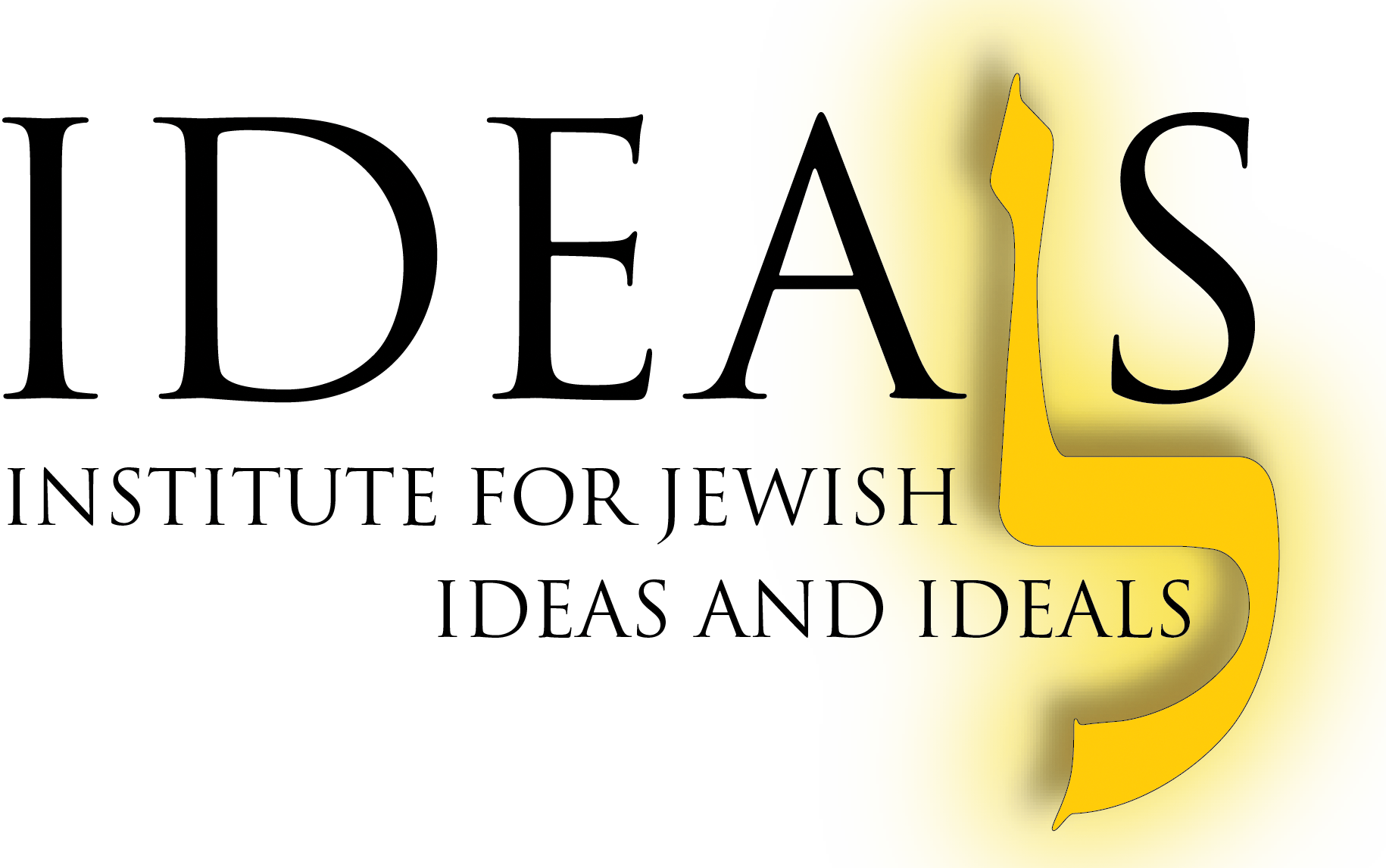Articles
An Inclusive, Compassionate View on Conversion to Judaism
One of the great rabbinic sages of the 20th century was Rabbi Benzion Meir Hai Uziel (1880-1953). A profound scholar from a distinguished Sephardic rabbinical family, Rabbi Uziel served as Israel’s Sephardic Chief Rabbi from 1938 until his death in 1953.
Halakhic conversion of non-religious candidates
The Shulhan Arukh, composed by rabbi Joseph Caro in the 16th century, is a canonical code of Jewish Law. In this work, rabbi Caro writes that a ceremony of Giyyur (=‘conversion') is valid only if it includes Qabbalat Mitzvot. Rabbi Caro does not explain what this phrase means.
Women and Kaddish
Question: May women recite Kaddish in the synagogue?
The Tort of Get Refusal: Why Tort and Why Not?
The problem of the agunah—the woman whose husband refuses to give her a Jewish divorce—challenges the viability of Orthodoxy in a modern world that stands, if I may be given some poetic license, on the three pillars of equality, human rights, and the autonomy of the individual. How can it be that a Jewish woman in the twenty-first century is still dependent on the whims of her husband for her marital freedom?
In this article, I have three goals:
Moving Backward: A Look at Mehadrin Bus Lines
There was no Rabbi more concerned with tseni'ut (modesty) than R. Moshe Feinstein. He was against men shaking a woman's hand even as a polite greeting (IM OH 1:113; EH 1:56). Even in circumstances when the law didn't strictly prohibit the mingling of men and women, he encouraged God-fearing people to avoid such situations.
Implications of the Current Conversion Crisis
1. A recent conversion case
How Not to Make Halakhic Rulings
How Not to Make Halakhic Rulings *
Daniel Sperber
Introduction
In a series of articles and publications I discussed the question of how halakhic decisors (poskim) should act in our day and age, arguing that they should seek to bring people closer to a love of Judaism and halakha, to be inclusive rather than exclusive, and to practice what I called "friendly decision making" (pesikah yedidutit). I am wont to quote a passage from R. Aryeh Leib Friedman's Tzidkat ha-Tzadik (undated, but after 1953), p.115:
